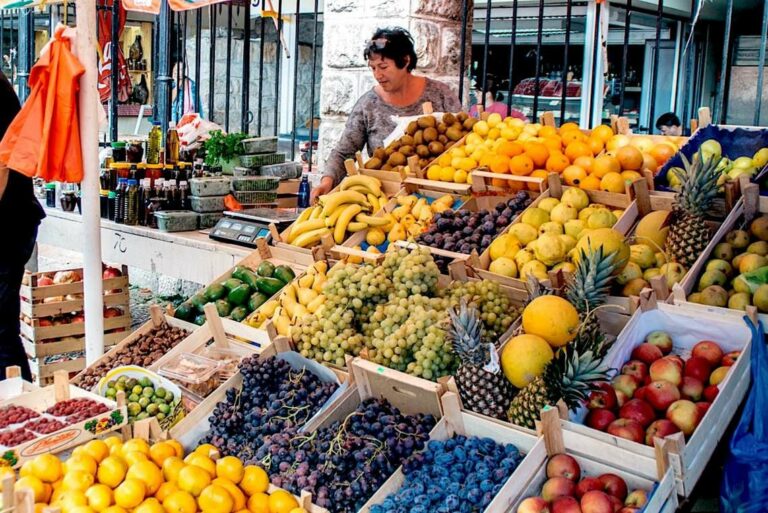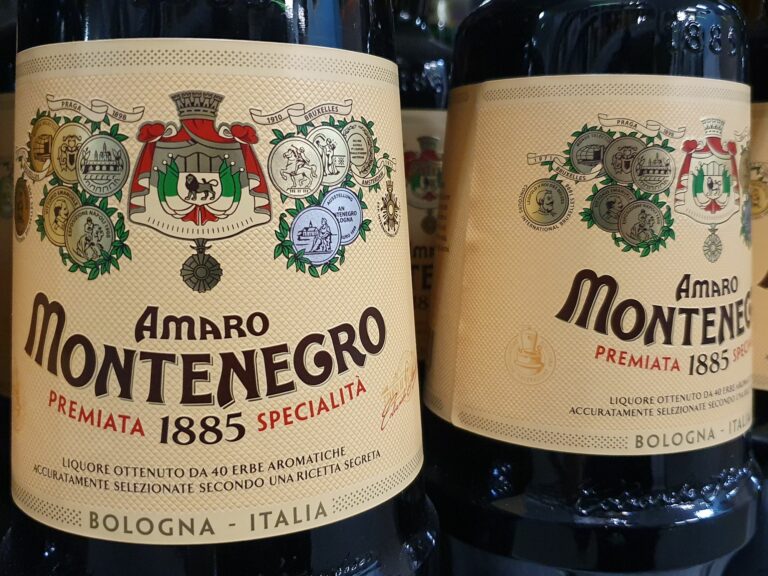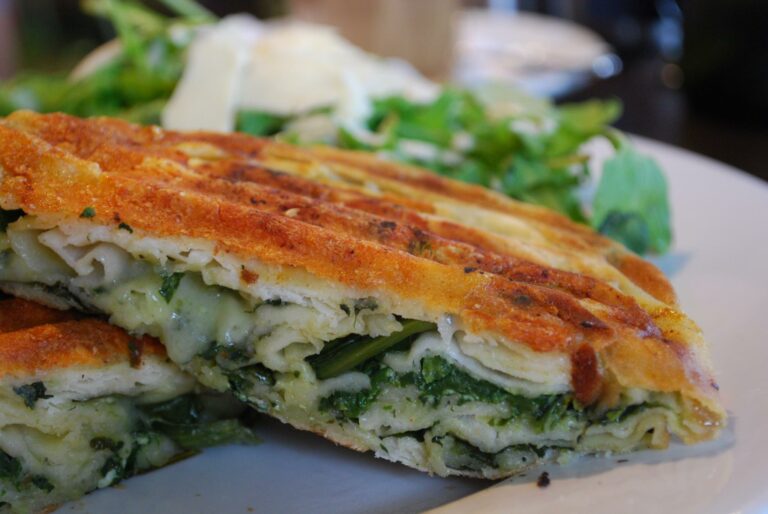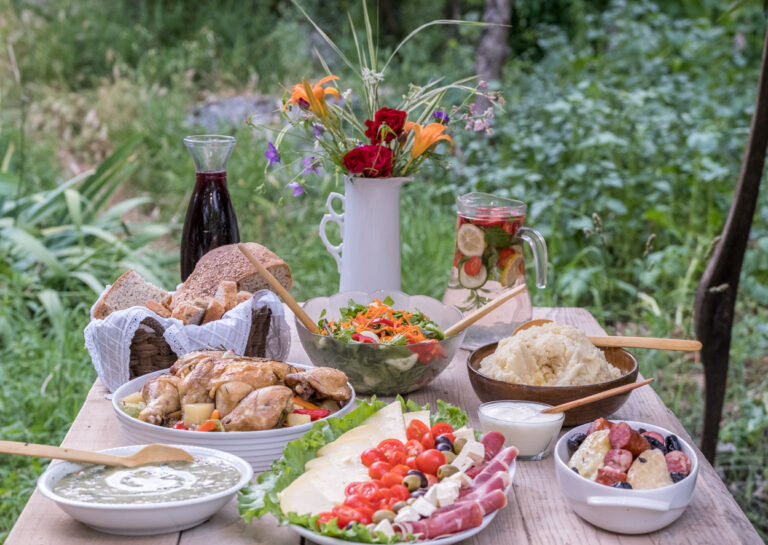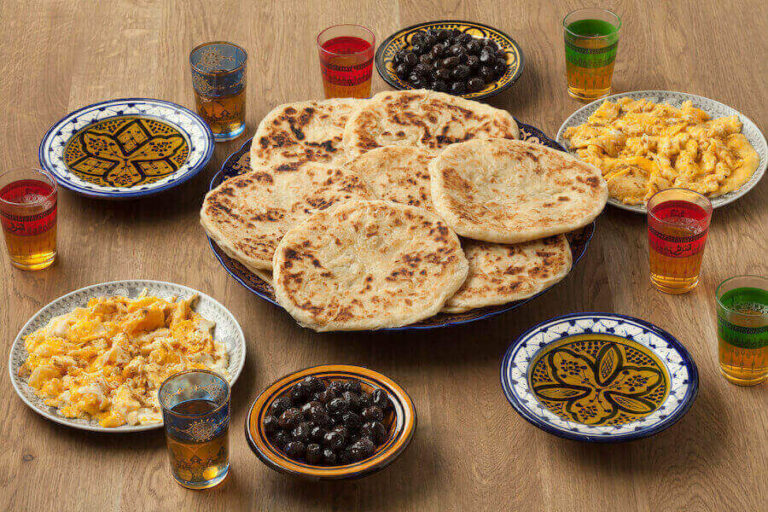Introduction: Exploring Montenegro’s Food Scene
Montenegro is a small country located in southeastern Europe, known for its stunning natural scenery and rich cultural heritage. However, the country’s food scene is equally impressive and worth exploring. Montenegrin cuisine is heavily influenced by Mediterranean and Balkan flavors, making it a unique blend of traditional dishes and modern gastronomy. The country is also home to several food markets and festivals that showcase the best of Montenegrin cuisine.
Kotor’s Food Market: A Haven for Foodies
Kotor is a historic city located on the coast of Montenegro, known for its picturesque Old Town and stunning bay. The city is also home to a vibrant food market, which takes place every Saturday. The market is a haven for foodies, offering a wide range of fresh produce, local cheeses, cured meats, seafood, and artisanal products. Visitors can sample traditional dishes like burek (a savory pastry filled with meat or cheese), or indulge in a sweet treat like krofne (a type of doughnut) or baklava.
Coastal Delights: Budva’s Food Festival
Budva is another coastal city in Montenegro, famous for its beaches, nightlife, and historic landmarks. The city also hosts an annual food festival, which takes place in late August. The festival showcases the best of Montenegrin cuisine, including seafood dishes like grilled octopus, risotto with shrimp, and mussel soup. Visitors can also sample traditional meat dishes like cevapi (grilled minced meat served with bread) and lamb cooked under a bell. The festival also features live music, cultural performances, and cooking demonstrations.
Wine and Dine: Montenegro’s Wine Festival
Montenegro is also known for its wine production, with several wineries located throughout the country. The annual Wine Festival, held in the town of Virpazar, is a celebration of Montenegrin wine culture. The festival takes place in early April and features wine tastings, food pairings, and live entertainment. Visitors can sample red, white, and rose wines made from local grape varieties, such as Vranac and Krstac. The festival also offers the opportunity to learn about the history and traditions of Montenegrin winemaking.
Traditional Cuisines: Podgorica’s Food Fair
Podgorica is the capital city of Montenegro and a hub of cultural activity. The city hosts an annual food fair, which takes place in November. The fair is a celebration of Montenegrin cuisine, focusing on traditional dishes like njeguski prsut (smoked ham), kacamak (a type of cornmeal porridge), and cicvara (a creamy spread made from cheese and cream). Visitors can also sample local wines, olive oils, and honey. The fair also features live music, cooking demonstrations, and cultural performances.
Wrap Up: Montenegro’s Food Markets and Festivals
Montenegro’s food markets and festivals are a testament to the country’s rich culinary heritage. From fresh seafood to traditional meat dishes and locally produced wine, there is something for every palate. Whether you’re a foodie looking to explore Montenegrin cuisine or simply looking for a unique cultural experience, Montenegro’s food markets and festivals are not to be missed.

